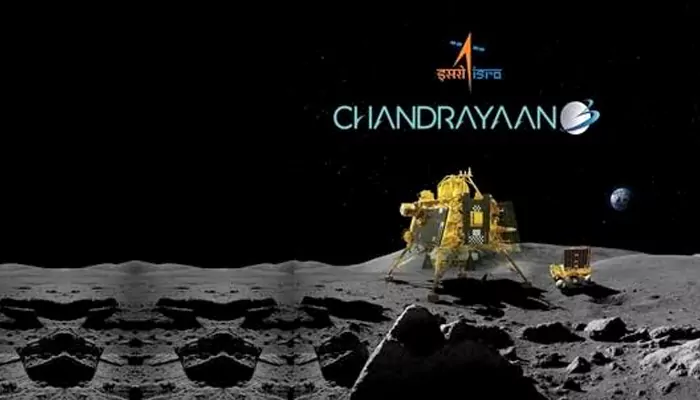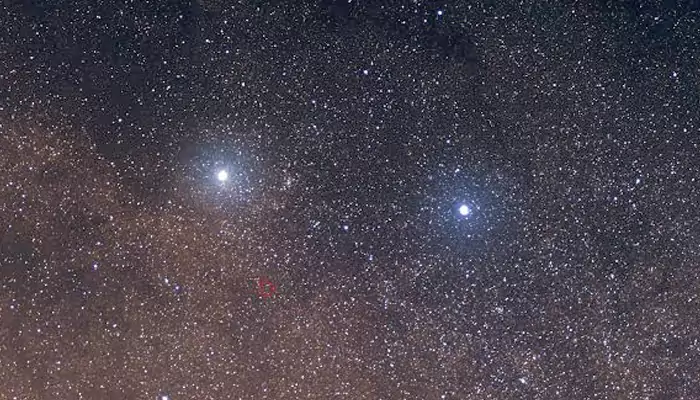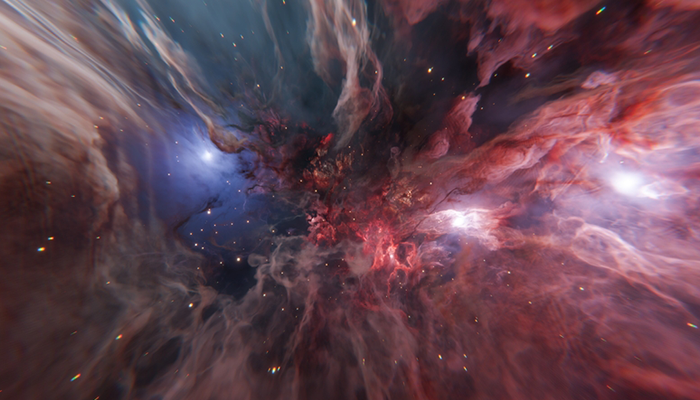2024's Brightest Supermoon Tonight: Why Is It Called The Hunter's Moon?
- Sayan Paul
- 11 months ago
- 4 minutes read

A supermoon occurs when the moon is "at its closest point to Earth in its elliptical orbit".
If you are a selenophile (someone who loves the moon), tonight will be extraordinarily special for you. In a phenomenal celestial event, this year's largest (and the brightest) supermoon will emerge tonight. According to NASA, it will be 14% brighter-than-average full moon, accompanied by extremely high and low tides on Earth. Not only is this a breathtaking sight, but it also has some cultural and spiritual significance.

Notably, a supermoon occurs when the moon is at its closest proximity to Earth along its orbital path, known as perigee. Typically, the moon orbits an average distance of about 238,855 miles from our planet. During this month's supermoon event, it's just 222,095 miles (357,428 kilometers) from Earth. It's popularly called the Hunter’s Moon.
Behold: a full moon worthy of the Halloween season. The Hunter’s Moon!
— NASA (@NASA) October 16, 2024
According to the Farmer’s Almanac, this month’s full moon coincides with deer hunting season. Keep an eye on the sky for the next couple days, as the Moon will appear full through Friday morning. pic.twitter.com/6CfDPDYFBB
Credit: NASA
The next full moon of 2024, called the Beaver Moon, will take place on November 15.
About The Phenomenon
The Supermoon can be seen in India from the evening of October 16 till the morning of October 18. It will reach its peak at 4:56 PM IST on Thursday, October 17. Notably, there are four supermoons in 2024: in August, September, October, and November. But as already mentioned, tonight's supermoon will appear the brightest among them, thanks to the moon and perigee coinciding closest together.
The Hunter's Moon rises earlier than other full moons and looks almost like another Sun. It gets an orange tinge due to a combination of several factors - especially the interaction between the earth's atmosphere, light, and its position.
On Oct 17th, the night sky will gift us a spectacular visual treat – the biggest and brightest Supermoon of 2024, also known as the ‘Hunter’s Moon’! 🌟 The Moon will be closer to Earth, appearing larger and more luminous than usual.
— The Horizon (@TheHorizonOnX) October 15, 2024
NASA:Moon Phase and Libration, 2024 pic.twitter.com/XwVpYvghnI
Credit: The Horizon
In Hindu culture, it has several names such as Sharad Purnima, Kumara Purnima, Kojagari Purnima, and Kaumudi Purnima. It is considered an ideal time for meditation and other spiritual activities.
But Why Is It Called The Hunter's Moon?
Now let's come to the most interesting part, why this phenomenon is called the Hunter's Moon.
The name originated from indigenous people in the Northern Hemisphere, especially the Algonquin Native American tribe. During this time of the year, hunting tended to be easier, as the fields had already been cleared out and animals (like deer) used to venture out for food in the open spaces. And hunters benefitted enormously from the bright light of October's supermoon; hence it's called the Hunter's Moon. And the moon's appearance this time gave a signal for hunters to prepare for the upcoming winter.
The next full Moon will appear in the sky starting on Oct. 17, and will be the third supermoon this year. 🌕
— NASA Marshall (@NASA_Marshall) October 16, 2024
This full Moon is also known as the Hunter's Moon, perfect for any werewolves out there craving an adventure! 🐺
Learn more >> https://t.co/e3U39MxmBX pic.twitter.com/NQ0NHmOrw0
Credit: NASA Marshall
Notably, besides the Hunter's Moon, it also has other names such as the Travel Moon, the Dying Grass Moon, or the Sanguine or Blood Moon.
How To See It?
Fortunately, the Hunter's Moon can be seen from most locations worldwide, and without any special equipment. The best moment to view it is right after sunset when the supermoon is low above the horizon. It's usually advised to watch the event from a place devoid of light pollution and where the sky is clear.

Notably, if you are in or near Lucknow today, visit Abhinav Gupta Bhawan of Lucknow University’s astrology department to view the Hunter’s Moon. There, four telescopes will be set up by Indira Gandhi Planetarium and UP Amateur Astronomers’ Club. No entry fee will be charged.












